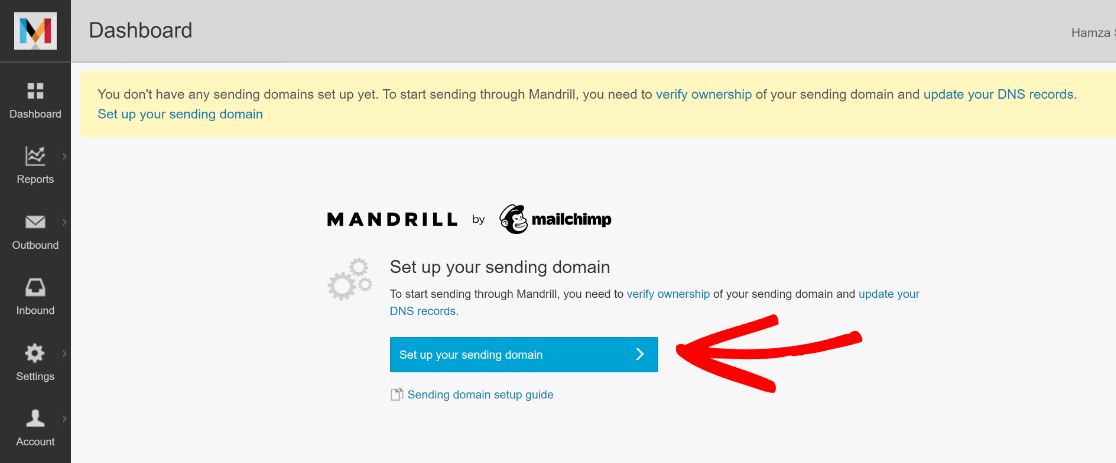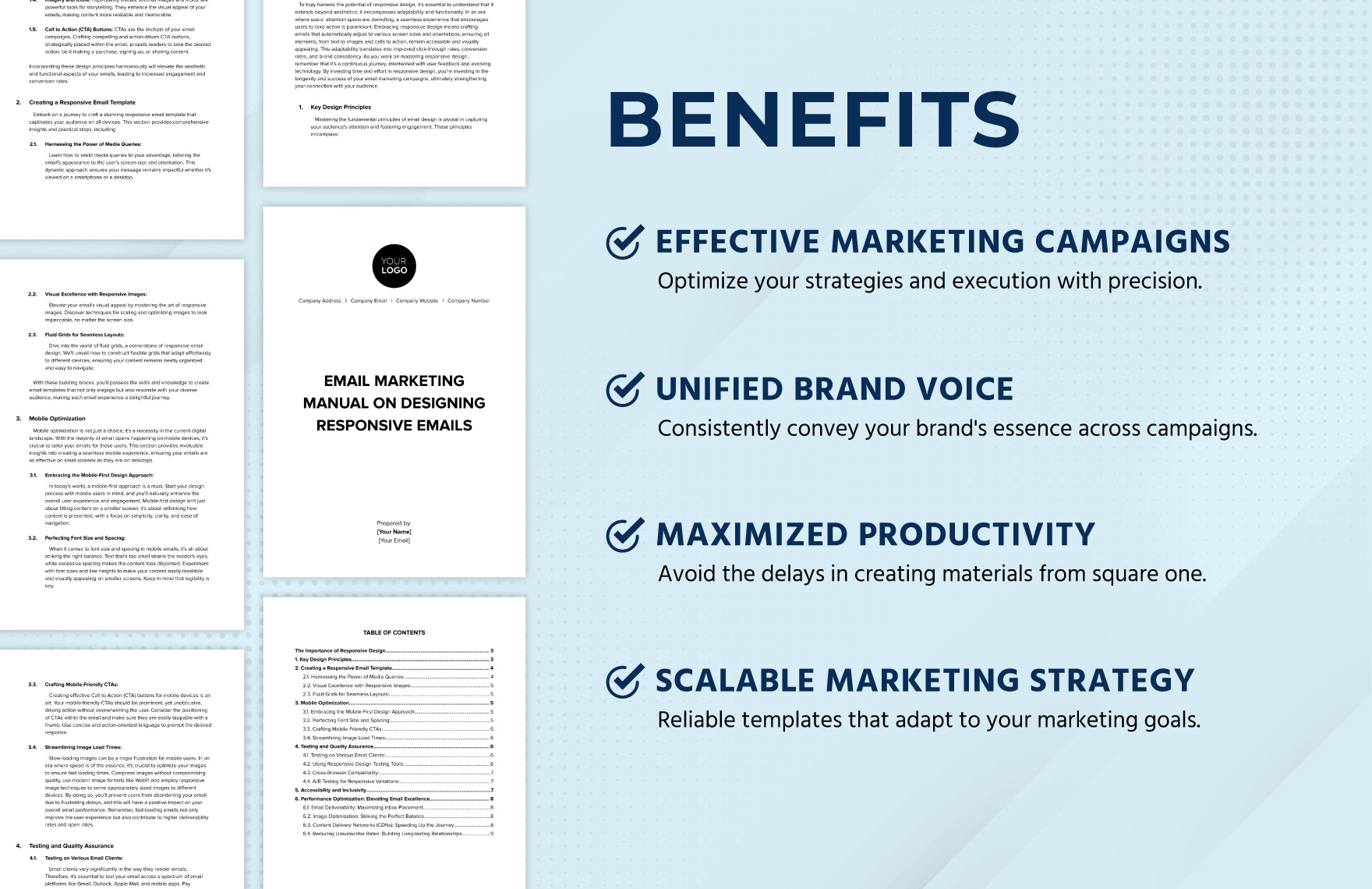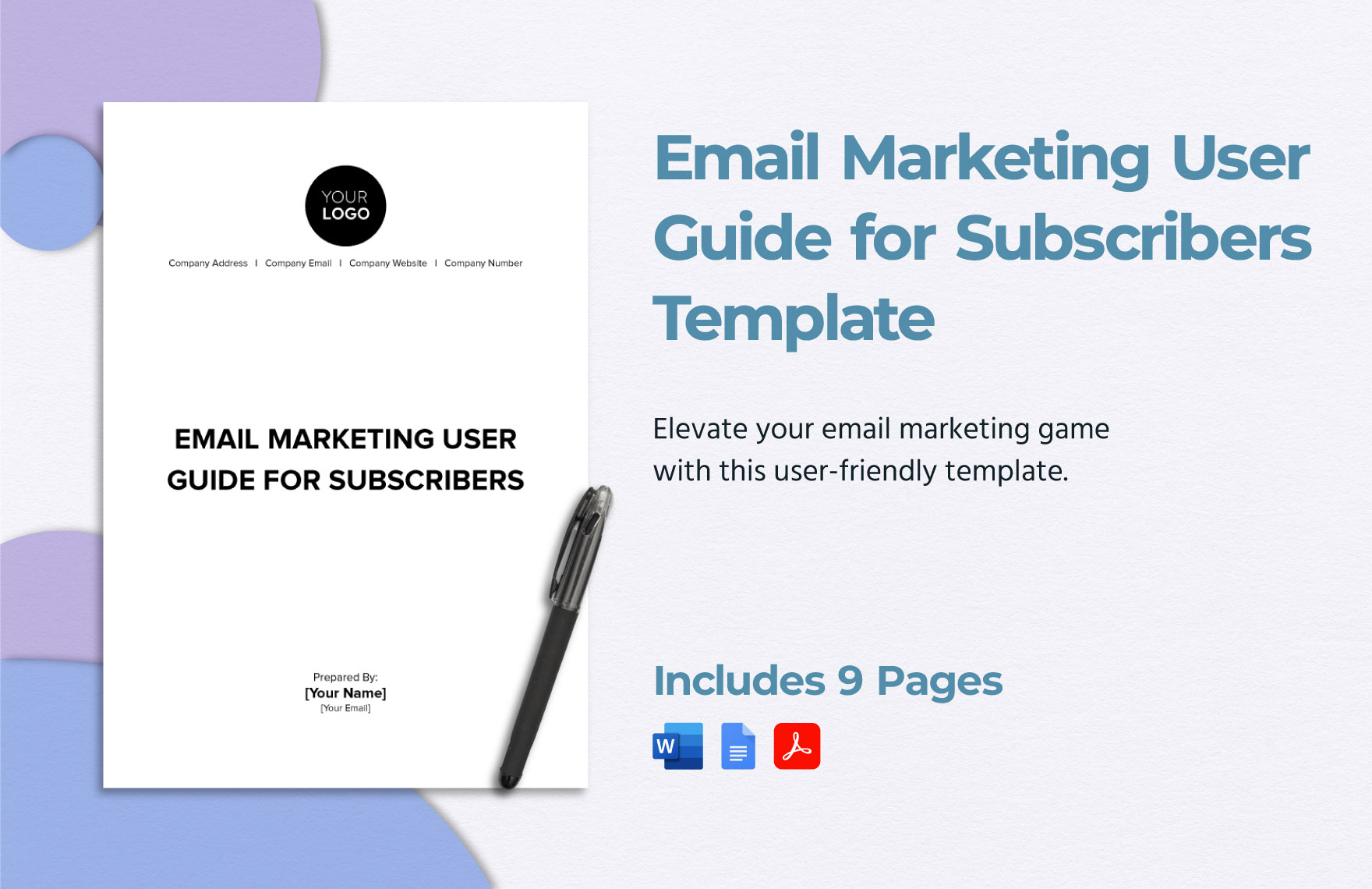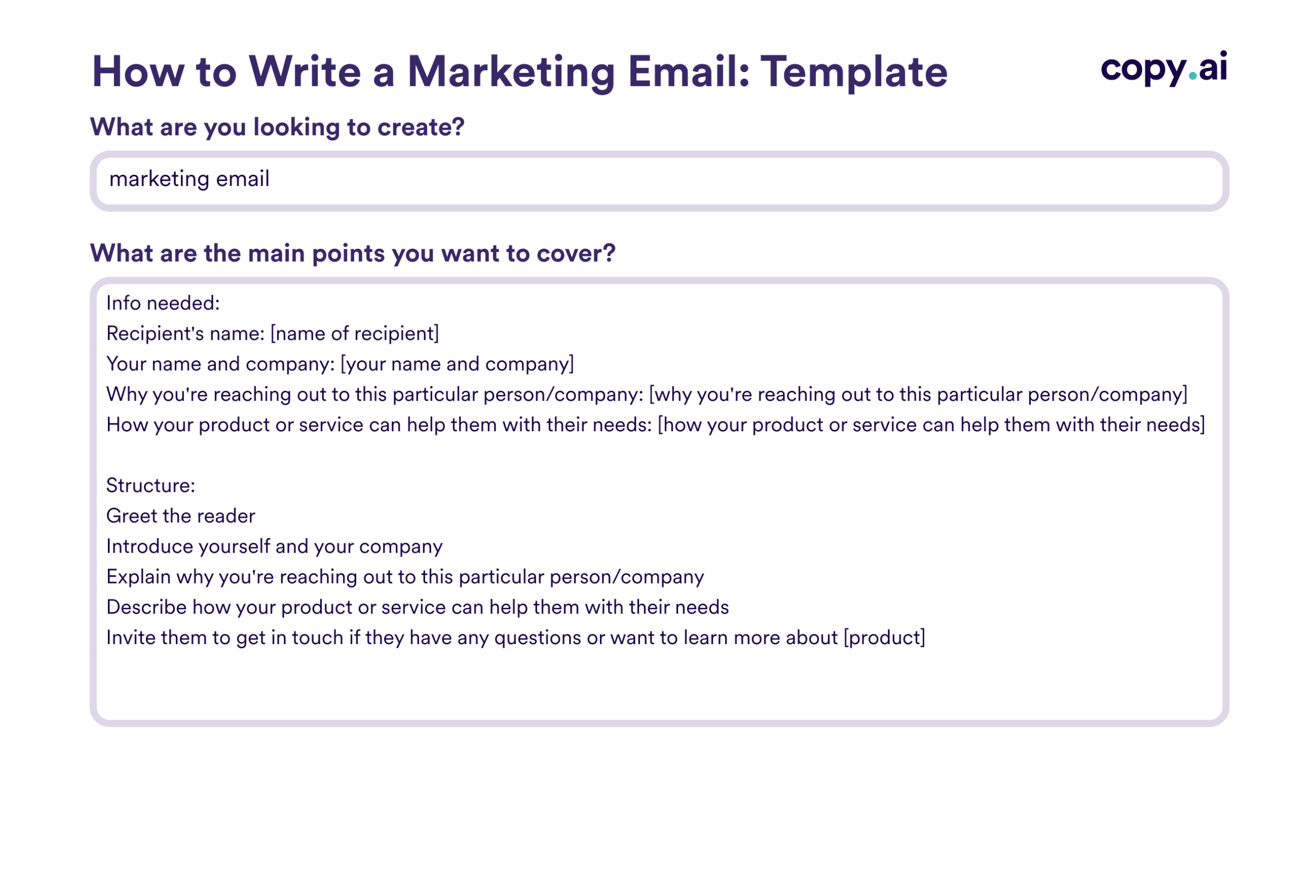Hey there! If you’re looking to boost your email marketing game, you’re in the right place. Combining Mandrill, a powerful transactional email platform, with the flexible WordPress environment opens up a world of opportunities to connect with your audience effectively. Whether you’re sending newsletters, order confirmations, or special offers, this duo makes it easier than ever to create professional, engaging emails that get noticed. In this guide, we’ll walk through everything you need to know about using the Mandrill WordPress Template to streamline your email campaigns and keep your subscribers hooked.
Understanding the Features of the Mandrill WordPress Template

The Mandrill WordPress Template is a game-changer for anyone serious about email marketing. It’s designed to be user-friendly yet packed with features that help you craft beautiful, responsive emails effortlessly. Let’s break down some of its key features:
- Pre-Designed Templates: The template comes with a variety of customizable layouts, so you don’t have to start from scratch. Whether you want a clean newsletter, a promotional email, or a transactional message, there’s a design suited for your needs.
- Responsive Design: In today’s mobile-driven world, your emails need to look great on any device. The Mandrill template is fully responsive, ensuring your messages display perfectly whether viewed on a desktop, tablet, or smartphone.
- Easy Customization: With WordPress, you can easily tweak colors, fonts, images, and content blocks through a user-friendly interface. No coding skills required! This means you can match your emails to your brand effortlessly.
- Integration with WordPress Plugins: The template works seamlessly with popular plugins like Mailchimp for WordPress and WPForms. This integration simplifies list management, form creation, and automation triggers.
- Automation Capabilities: The template supports automation workflows, so you can set up welcome series, follow-up emails, or cart abandonment messages that send automatically based on user actions.
- Tracking and Analytics: Keep an eye on your email performance with built-in tracking features. See open rates, click-throughs, and conversions to optimize your campaigns over time.
All these features come together to make your email marketing efforts more professional, personalized, and effective. Once you get the hang of it, you’ll wonder how you ever managed without this powerful tool!
3. Step-by-Step Guide to Installing the Mandrill WordPress Template

Getting started with the Mandrill WordPress template is pretty straightforward—especially if you follow these simple steps. Whether you’re new to email marketing templates or a seasoned pro, this guide will walk you through the process smoothly.
Step 1: Prepare Your WordPress Environment
- Make sure your WordPress site is up-to-date. Running the latest version ensures compatibility and security.
- Backup your website before making major changes—better safe than sorry!
- Ensure you have admin access to your WordPress dashboard.
Step 2: Download the Mandrill Template Files
Usually, you’ll get the theme files from a trusted source or the official marketplace. Download the ZIP file to your computer.
Step 3: Install the Mandrill Template
- Log in to your WordPress admin dashboard.
- Navigate to Appearance > Themes.
- Click on Add New and then select Upload Theme.
- Choose the ZIP file you downloaded and click Install Now.
- Once installed, click Activate.
Step 4: Configure Required Plugins
The Mandrill template might require specific plugins, like page builders or email integrations. Install and activate them as prompted.
Step 5: Import Sample Data (Optional)
Many templates provide sample data to help you get started. Import these if you want a quick setup and then customize later.
Step 6: Connect Mandrill API
To enable seamless email sending, connect your Mandrill account via API keys in the plugin settings. Head over to your Mandrill account, generate an API key, and input it in the plugin configuration.
And that’s it! Your template is now installed and ready to be customized for your email marketing campaigns. Simple, right? Now let’s move on to making those emails really stand out!
4. Customizing Your Email Templates for Better Engagement

Once you have the Mandrill template installed, the next step is to customize it so your emails feel personal, engaging, and aligned with your brand. Here’s how to make the most out of your template:
Understand the Template Structure
Most Mandrill templates are built with flexible sections—headers, content blocks, footers—that you can edit. Familiarize yourself with the layout to see where you can add your own content.
Use Personalized Content
Personalization is key to engaging your audience. Use merge tags to insert dynamic content like recipient names or recent purchases. For example:
| Tag | Purpose |
|---|---|
| {{ first_name }} | Recipient’s first name |
| {{ last_name }} | Recipient’s last name |
| {{ company_name }} | Your subscriber’s company |
Inserting these tags in your template makes your email feel more personal and relevant.
Choose Appealing Visuals and Colors
Visuals can make or break your email’s effectiveness. Use high-quality images that match your branding, and select a color palette that reflects your style. Keep the design clean and easy to read—avoid clutter.
Craft Compelling Content
Write clear, concise, and engaging copy. Use a conversational tone, and focus on the benefits for your readers. Break up text with headings, bullet points, and calls-to-action (CTAs).
Add Clear Calls-to-Action
Every email should have a purpose. Whether it’s encouraging recipients to visit your website, sign up for an offer, or read a new blog post, make your CTA prominent and persuasive.
Test and Preview Your Templates
Before sending, always preview your email in different devices and email clients. Use the testing features to see how your email looks and ensure all merge tags work correctly.
Analyze and Optimize
After your campaigns go out, review engagement metrics like open rates, click-through rates, and conversions. Use this data to refine your templates and content for better results over time.
Remember, customizing your email templates isn’t just about aesthetics—it’s about creating a connection with your audience. Keep testing, tweaking, and listening to feedback to keep your email marketing efforts effective and engaging!
5. Integrating Mandrill with Your WordPress Site for Optimal Performance

Getting Mandrill up and running with your WordPress site might sound a bit technical at first, but once you understand the steps, it’s pretty straightforward. The goal here is to make sure your emails—whether they’re notifications, newsletters, or transactional messages—are delivered reliably and look professional. So, let’s walk through the essentials of integrating Mandrill seamlessly.
First things first, you’ll need a Mandrill account. Since Mandrill is a transactional email API from Mailchimp, you’ll want to log in or sign up if you haven’t already. After that, follow these steps:
- Get Your API Key: In Mandrill, navigate to your account dashboard, then go to Settings > SMTP & API. Generate a new API key—this will be your authentication token for WordPress.
- Install a Suitable Plugin: There are plenty of WordPress plugins that facilitate SMTP setup, such as WP Mail SMTP or Post SMTP. Install and activate one of these plugins.
- Configure the Plugin: In the plugin settings, choose SMTP as your mailer, then input Mandrill’s SMTP server details:
| Parameter | Details |
|---|---|
| SMTP Host | smtp.mandrillapp.com |
| SMTP Port | 587 (or 465 for SSL) |
| Encryption | STARTTLS or SSL |
| Authentication | Yes |
| Username | Your Mandrill SMTP username (usually your email address) |
| Password | The API key you generated |
Once filled in, save your settings and send a test email. If everything is configured correctly, your WordPress site will now send emails through Mandrill, ensuring high deliverability and reliability.
It’s also worth noting that some plugins might have dedicated Mandrill integrations or add-ons, which can streamline this process further. Always keep your API keys secure and avoid sharing them unnecessarily.
Finally, monitor your email logs and bounce reports from Mandrill’s dashboard. Keeping an eye on these will help you troubleshoot issues early and maintain a healthy email reputation. With everything set up properly, you’ll enjoy faster, more reliable email delivery that supports your marketing efforts and keeps your users engaged.
6. Best Practices for Sending Successful Email Campaigns Using Mandrill
Now that you’ve integrated Mandrill with your WordPress site, it’s time to focus on how to send effective email campaigns that actually get opened and read. Email marketing isn’t just about hitting send; it’s about crafting messages that resonate with your audience and follow some best practices. Here are some tried-and-true tips to help you succeed:
1. Keep Your Subject Lines Clear and Engaging
Your subject line is the first thing recipients see. Make it concise, relevant, and intriguing. Avoid spammy words like “Free” or “Guaranteed” that could land your email in the spam folder. Instead, focus on value and curiosity.
2. Personalize Your Emails
Use your email platform’s personalization features to address subscribers by name or tailor content based on their preferences. Personalized emails tend to have higher open and click-through rates, making your campaigns more effective.
3. Segment Your Audience
Not all subscribers are the same. Segment your list based on interests, purchase history, or engagement level. This way, you can send targeted messages that are more relevant, increasing the chances of success.
4. Optimize for Mobile Devices
Most people check emails on their phones. Use responsive email templates that look good on all screen sizes. Keep your design clean, with clear calls-to-action (CTAs), and test your emails on different devices before sending.
5. Maintain a Clean Email List
Regularly remove inactive subscribers and bounce-back emails. A clean list improves deliverability and engagement rates. Mandrill provides bounce handling reports—use them to keep your list healthy.
6. Schedule and Test Your Campaigns
Send your emails at optimal times—usually mornings or early afternoons on weekdays. Always send test emails first to check for formatting issues or broken links. A/B testing different subject lines or content can also give insights into what works best.
7. Monitor and Analyze Campaign Performance
Use Mandrill’s analytics to track open rates, click-throughs, bounces, and spam complaints. This data helps you understand your audience better and refine future campaigns.
8. Respect Privacy and Follow Regulations
Always include an unsubscribe link and your contact info. Comply with laws like GDPR or CAN-SPAM to build trust and avoid legal issues.
By following these best practices, you’ll turn your Mandrill-powered email campaigns into powerful tools for engagement, conversion, and building lasting relationships with your audience. Remember, consistency and quality matter more than frequency. Happy emailing!
7. Monitoring and Analyzing Your Email Marketing Results
Once you’ve sent out your email campaigns using the Mandrill WordPress template, the real magic begins — monitoring and analyzing how your emails perform. This step is crucial because it helps you understand what’s working, what’s not, and where you can improve. Think of it as your feedback loop for smarter, more effective email marketing.
Mandrill, powered by Mailchimp, provides detailed analytics that you can access through your Mailchimp account. Here’s what you should keep an eye on:
- Open Rates: This tells you how many recipients actually opened your email. A high open rate usually indicates that your subject line and sender details are compelling.
- Click-Through Rates (CTR): This measures how many people clicked on links inside your email. It’s a good indicator of how engaging your content is.
- Bounce Rates: These are emails that couldn’t be delivered. You’ll want to keep this low to maintain a healthy sender reputation.
- Unsubscribe Rates: If many recipients opt out, it might be time to revisit your content or targeting strategy.
- Conversion Rates: How many recipients took the desired action, like making a purchase or signing up for a webinar? Tracking conversions helps you measure ROI.
To get these insights, log into your Mailchimp dashboard, navigate to your campaign reports, and review the analytics. You can also set up A/B tests within the platform to compare different subject lines, content, or send times — helping you optimize future campaigns.
Another tip is to segment your audience based on behavior. For example, you might want to send special offers to your most engaged subscribers or re-engagement emails to those who haven’t opened recent campaigns. The Mandrill template makes it easy to customize and target segments effectively.
Remember, data is your best friend here. Regularly reviewing your email marketing results allows you to refine your approach, improve engagement, and ultimately, boost your ROI. So, make it a habit to analyze your campaigns after each send, and don’t be afraid to experiment and adapt based on what you learn.
8. Troubleshooting Common Issues with the Mandrill WordPress Template
Even with a powerful tool like the Mandrill WordPress template, you might run into some hiccups along the way. Don’t worry — most issues are straightforward to troubleshoot once you know what to look for. Here’s a rundown of common problems and how to fix them:
Problem 1: Emails Not Sending
If your emails aren’t going out at all, check these areas:
- API Keys: Ensure your Mandrill API key is correctly entered in your plugin settings.
- SMTP Settings: Verify that your SMTP configurations are correct and that your server isn’t blocking outgoing email traffic.
- Quota Limits: Confirm you haven’t exceeded your Mandrill sending limits.
Tip: Test your connection with a simple email to see if the setup is working properly.
Problem 2: Emails Landing in Spam
This is a common frustration. To improve deliverability:
- Authenticate Your Domain: Use DKIM and SPF records to prove your emails are legit.
- Avoid Spammy Content: Steer clear of excessive exclamation marks, spam trigger words, or too many images.
- Maintain List Hygiene: Regularly clean your list to remove invalid or inactive addresses.
Problem 3: Formatting Issues
If your email looks weird or breaks on different devices:
- Preview Your Templates: Use the preview feature to see how your email appears on desktops and mobiles.
- Test Send: Send test emails to different email clients like Gmail, Outlook, etc., to spot formatting problems.
- Use Responsive Design: Ensure your template is mobile-friendly and uses inline CSS for compatibility.
Problem 4: Tracking Not Working
If your analytics aren’t showing data:
- Enable Tracking: Make sure tracking options are enabled in your campaign settings.
- Check Integration: Verify that your Mailchimp and Mandrill accounts are properly connected.
And remember, if you’re ever stuck, consult the official Mandrill documentation or community forums — there’s a wealth of info and helpful users ready to assist. Troubleshooting might seem daunting at first, but with patience and a systematic approach, you’ll get your campaigns humming smoothly in no time.
Conclusion and Tips for Maximizing Your Email Marketing Efforts
As you finalize your campaigns using the Mandrill WordPress Template, remember that effective email marketing hinges on strategy, personalization, and consistency. To maximize your results, consider implementing the following tips:
- Segment Your Audience: Divide your email list into targeted groups based on demographics, behavior, or purchase history. This allows you to send highly relevant content that resonates with each segment.
- Personalize Your Content: Use dynamic content and personalization tokens to address recipients by name and tailor messages to their interests. Personalized emails tend to have higher open and click-through rates.
- A/B Test Your Campaigns: Experiment with subject lines, send times, and content layouts to identify what performs best. Regular testing helps optimize your email performance over time.
- Maintain a Consistent Schedule: Send emails at regular intervals to keep your audience engaged without overwhelming them. Consistency builds trust and brand recognition.
- Monitor and Analyze Metrics: Use analytics to track open rates, click-through rates, conversions, and unsubscribe rates. Insights from these metrics guide your future campaigns and improve effectiveness.
By applying these best practices and leveraging the flexibility of the Mandrill WordPress Template, you can create compelling, personalized email campaigns that drive engagement and boost your marketing ROI. Remember, successful email marketing is an ongoing process of testing, learning, and refining your approach for sustained success.


